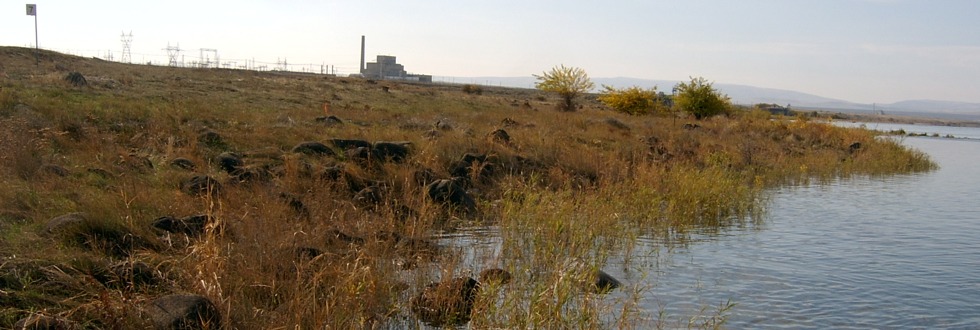Risk assessment is a scientific process used to characterize the nature and magnitude of health risks to humans and the environment. Ecological risk assessments evaluate the likelihood of environmental impact as a result of exposure to hazardous materials and other factors. Human health risk assessments estimate the nature and probability of adverse health effects to humans who may be exposed to current or future environmental contaminants. Understanding and managing these risks is key to protecting natural resources and the people who depend on them.
The EAS team offers skilled ecologists, ecological modelers, ecotoxicologists, and statisticians with the right combination of expertise, technology, and experience to characterize the nature and magnitude of risks to humans and the environment. We have assisted in planning, implementing, and documenting risk assessments at the Hanford Site for more than a decade.
EAS’s risk assessment services and experience includes the following:
- Calculating media-specific risk-based values to support site screening and performing screening level risk assessments
- Using a coordinated approach to develop assessment endpoints and associated measures that incorporate the current state of ecological knowledge and public involvement to ensure the assessment supports decision making
- Conducting risk assessments for aquatic and terrestrial ecosystems based on the appropriate regulatory drivers and stakeholder input
- Applying EPA’s ecological risk assessment guidance
- Developing and applying methods to evaluate ecological risks in arid environments and inland waterways.
Featured Projects
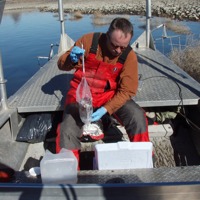 River Corridor Baseline Ecological Risk Assessment (RCBRA)
River Corridor Baseline Ecological Risk Assessment (RCBRA)
Performing comprehensive field surveys and sample collection, processing, and shipping to help DOE assess risks to terrestrial and near-shore environments and species in the Hanford Site River Corridor
 Performing Inter-Areas Sampling and Analysis
Performing Inter-Areas Sampling and Analysis
Sampling riparian and near-shore aquatic zones of the inter-areas of the Hanford Site to supplement data gaps.
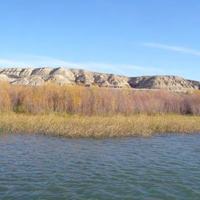 Columbia River Component Risk Assessment: Screening-Level Ecological Risk Assessment
Columbia River Component Risk Assessment: Screening-Level Ecological Risk Assessment
Conducting a screening-level ecological risk assessment to assess surface water, sediment, island soils, pore water, and fish adjacent to and downriver of the Hanford Site.
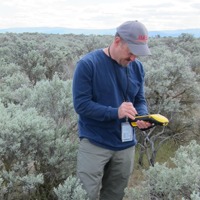 Central Plateau Terrestrial Ecological Risk Assessment
Central Plateau Terrestrial Ecological Risk Assessment
Developing Data Quality Objectives and Sampling and Analysis Plans and collecting hundreds of field samples to evaluate the ecological condition of terrestrial habitats on the Hanford Site
 Ecological Risk Assessment Data Quality Objectives, Sampling and Analysis Plans, and Sampling and Analysis Instructions
Ecological Risk Assessment Data Quality Objectives, Sampling and Analysis Plans, and Sampling and Analysis Instructions
Developing data quality objectives, sampling and analysis plans, and sampling and instructions to help regulatory agencies and stakeholders assess ecological risk from past and present releases of legacy materials attributable to Hanford operations.
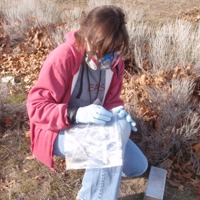 Hanford Site Tank Farm Ecological Risk Assessment – WMAC
Hanford Site Tank Farm Ecological Risk Assessment – WMAC
Characterizing environmental conditions and assessing ecological risk from Hanford Site tank farms
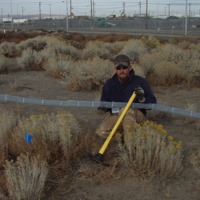 Using Artificial Burrows to Evaluate Inhalation Risks to Burrowing Mammals
Using Artificial Burrows to Evaluate Inhalation Risks to Burrowing Mammals
Constructing an artificial small mammal burrow system to measure concentrations of carbon tetrachloride in burrow air and evaluate inhalation exposure for wildlife, including Great Basin pocket mice, and deer mice.
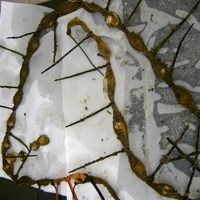 Using Caged Clams to Assess Exposure and Effects of Contaminated Groundwater Upwelling
Using Caged Clams to Assess Exposure and Effects of Contaminated Groundwater Upwelling
Using caged Asiatic clams to monitor contaminated groundwater upwelling in the Columbia River and assess seasonal differences in uranium uptake in relation to seasonal river flows
